If I was asked to make the claustrophobic choice of picking only one photographer's work to keep with me forever as a source of inspiration and imagery, André Kertész's work would be it. All right … I'd have a hard time ruling out a lot of photographers like Helen Levitt, Mary Ellen Mark or Josef Koudelka, but in the end, Kertész would be the one.
But why him?
Because he did everything when it comes to photography, and he did everything at a great level of mastery. His images are still surprising, bold, playful and even intricate. Throughout his career, he worked with a strong mindset for observing, questioning, recording and preserving his own intimate relationship with the world.
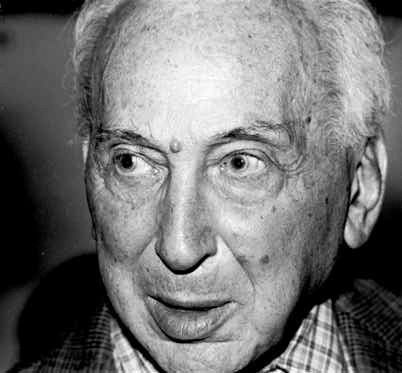
Image By Arpadi at English Wikipedia – I am the photographer of Andre Kertesz. Kertesz was photographed in the New York Public Library in 1982., Public Domain, https://commons.wikimedia.org/w/index.php?curid=4630808
Born in Budapest (Hungary) in 1894, Kertész is today considered to be one of the most influential photojournalists ever. He is also widely renowned for his contributions to “composition” in photography (that’s almost like talking about jazz standards but in the world of photography). He is also considered to be one of the major contributors to the creation of photo essays.
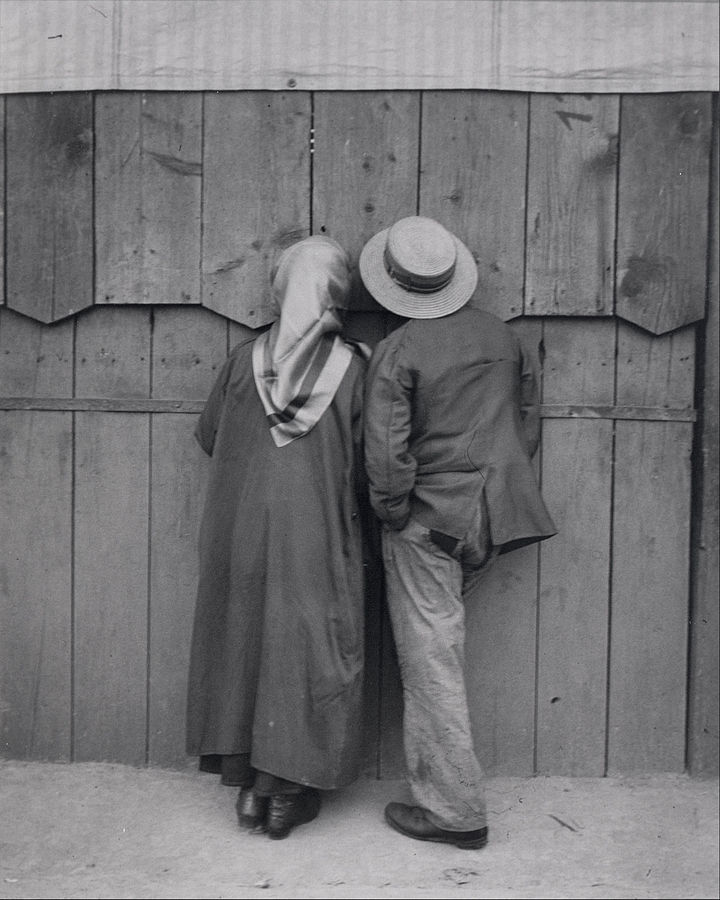
Despite the fact that he remains one of the biggest names in photography, his road to fame was a bit rocky. In the early years of his career (which he pursued against so many odds, including the fact that his parents wanted him to become a banker, and definitely NOT a photographer), his images weren't appreciated due to his bold approach to both framing and composition. He even stated at the end of his life that his work didn't receive the proper recognition he thought it deserved.
Some Interesting Facts About André Kertész:
- Simplicity: He managed to create extremely good-looking images with a minimum number of elements. Nowadays, a lot of creatives dogmatically state that “less is more”, but perhaps they need to revisit Kertész's work to truly understand what they are so fanatically preaching.
- Visual Innovation: He could have easily been seduced to imitate photographs like the early soft-focus landscapes and portraits of the early twentieth-century. Instead, he went for the literal images rather than ethereal-looking interpretations.
- Honest interest in his culture: He could also have been easily seduced by the charm of Paris, like many other great cultural figures of the twentieth century; instead, he ruthlessly chose to record simple and everyday things from his own culture.
- He pushed the limits of photography: He loved the empowerment photography gave to him, and he tried everything. Instead of keeping things safe, he photographed under any lighting or weather circumstances rather than taking a risk-free approach by just shooting on bright and clear days.
- Curious approach to time and motion: He was curious about the tangible way he could record time's dynamism, and he tried it all, from slow exposures to high-speed freezing shots. He was a master at capturing the unfolding act of time passing by.
- He gave his life to photography: Just like many other cultural figures, Kertész wasn't backed by his family when he decided to choose a career in photography. He was a businessman, more precisely, a banker. But photography had been a part of his life since 1912, as much as he could make it so. Between doing his job at the stock exchange, his photographic career truly started to see the light. When he reached the age of 31, he was confident enough with his photographs to embrace it all. He ended up turning his life to photography, instead of the financial safety his previous job provided him.
- Vast Scope: From beautiful abstractions to complex storytelling photos, he covered it all so well that is hard to believe the same photographer managed to create such beautifully dissonant images from this one to this other one.
- His images yelled: No, this is not hyperbole. Well, a bit. Shortly after arriving in the United States, the editors of Life said that his images “spoke too much”. What they meant was that his images didn’t need additional words, but only the visual content.
- He was always able to surprise himself: He was known for pointing his camera everywhere: upwards across rooftops, into windows, entire facades or at isolated specific details. He was able to always surprise himself, and that resulted in meaningful photographs filled with heart and soul beyond composition and aesthetics.
- He knew when to stop: Even though his surrealist images are a hallmark of his work, he knew when to stop. After 150 of these distorted and surreal images, he determined that he could see no further development in the project. In these pictures, the ethereal element was strongly present, and the surrealistic concept of transforming reality into fantasy made its way into Kertész's technique, at least for that period of time.
- Fast evolution: In 1934, when he was 40 years old, he was venerated as a master of the photographic medium. That’s a really rapid evolution, if we remember that when he was only 31 he was still dwelling between the corporate world and his beautiful journey of photography.
- He was not a sharpness fanatic: By the time he arrived in 1937 in the United States, a dramatic era in photography was unfolding as well. Edward Weston had received the first Guggenheim grant ever given to a photographer. Despite the fact that this huge milestone was part of a trend, Kertész wasn't into straight photography and never cared much about extreme sharpness. The best example of this was his tool of choice, a 35mm camera that enabled him to capture fleeting moments, instead of the huge large-format cameras that gave razorblade-sharp results.

He was encouraged to move to the United States, but his arrival was a little too premature and his photographs were underappreciated. The art scene in America was still admiring the straight photography movement, and Kertész had to stick around for around almost 10 years before having a major exhibition. This was at the Chicago Art Institute in 1946, and in 1964 John Szarkowski mounted a major one-man show at the well-known MoMA.



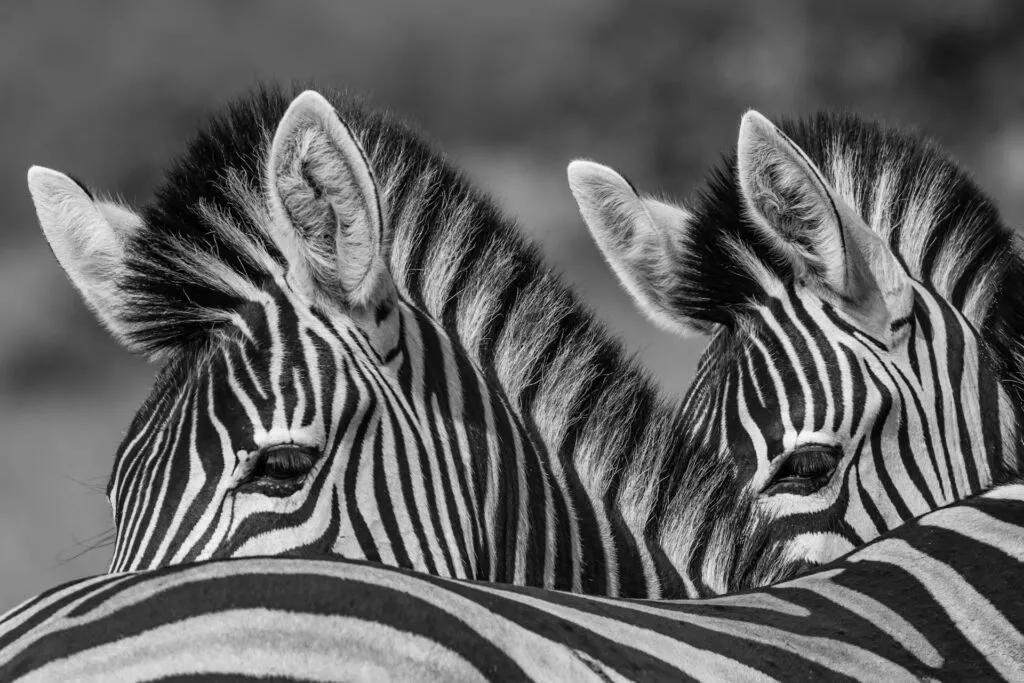
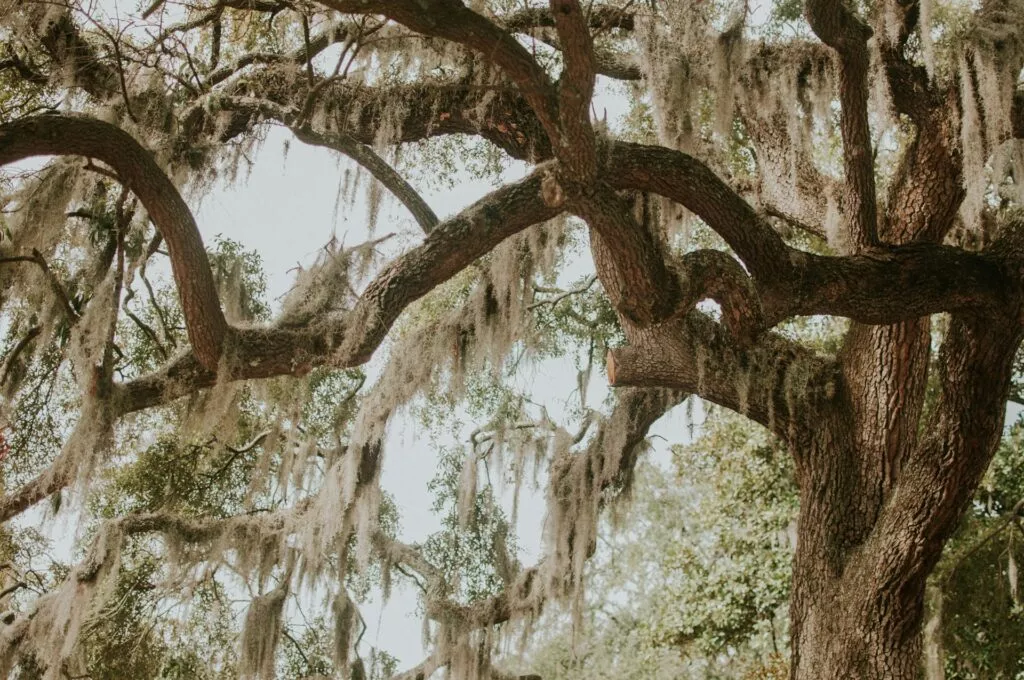
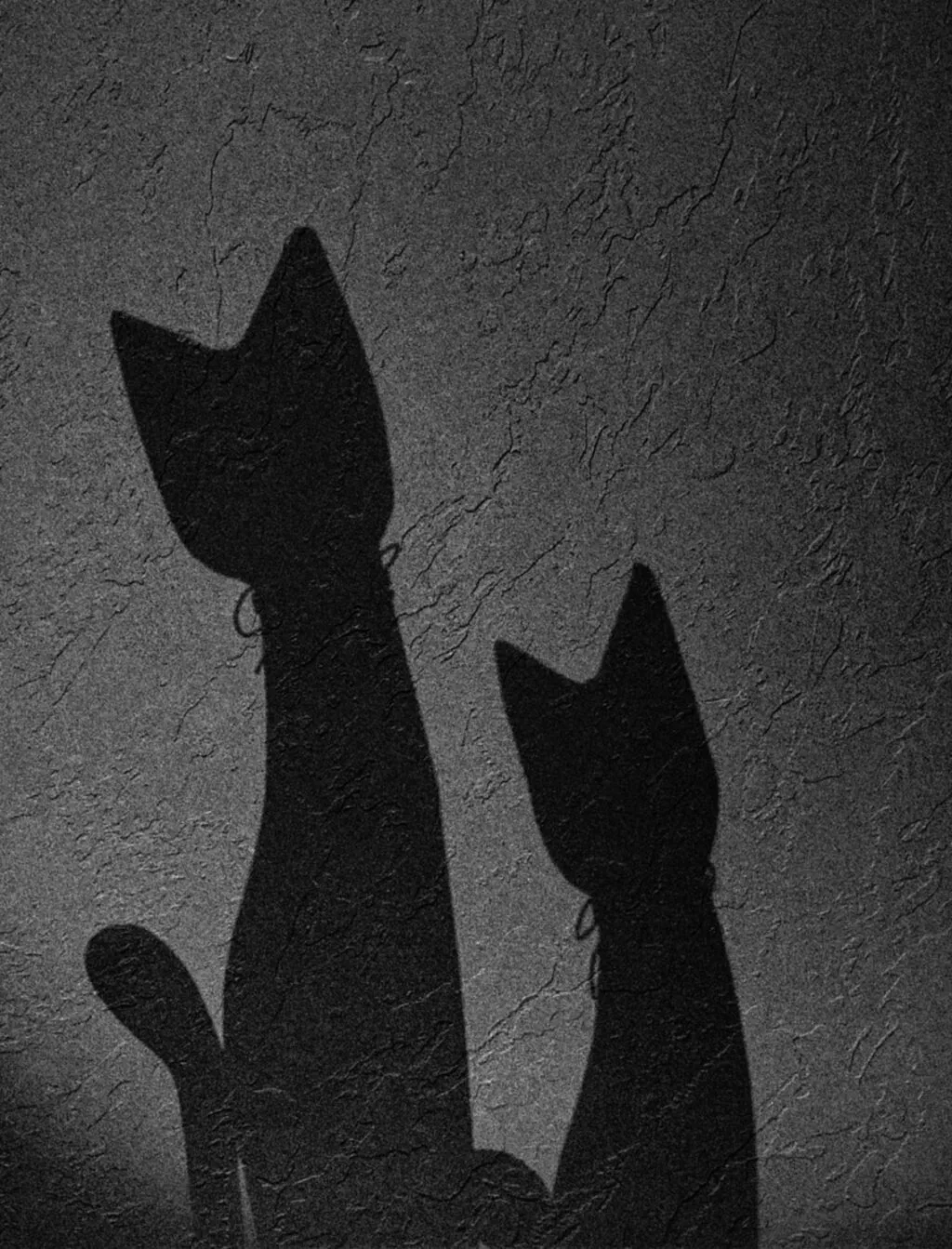
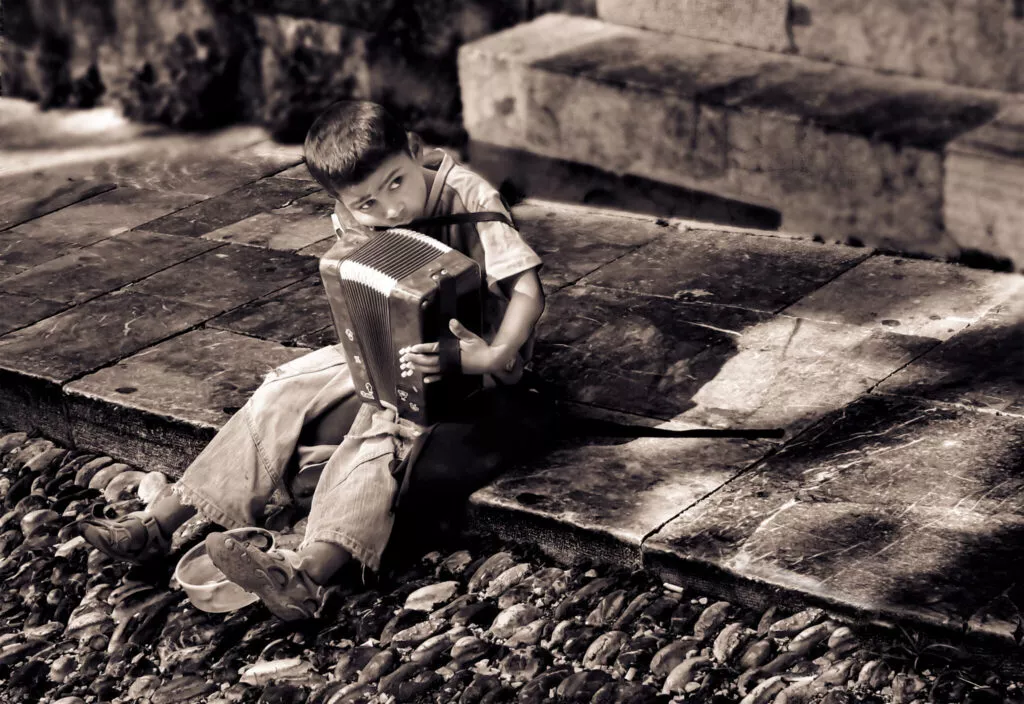
2 Comments
Nice Article Federico, interesting. We all have or favourites…
And the list of facts make interesting reading – like a guide for achieving inspiration, thank you.